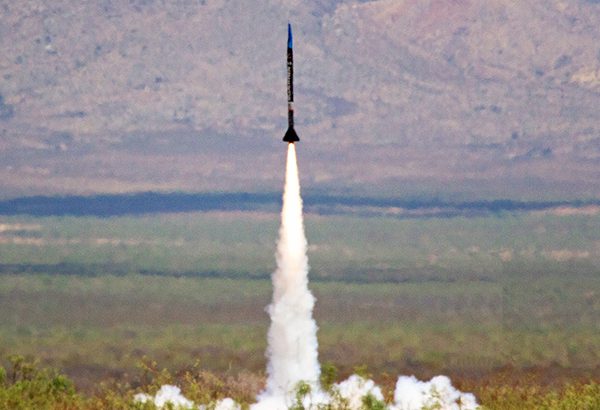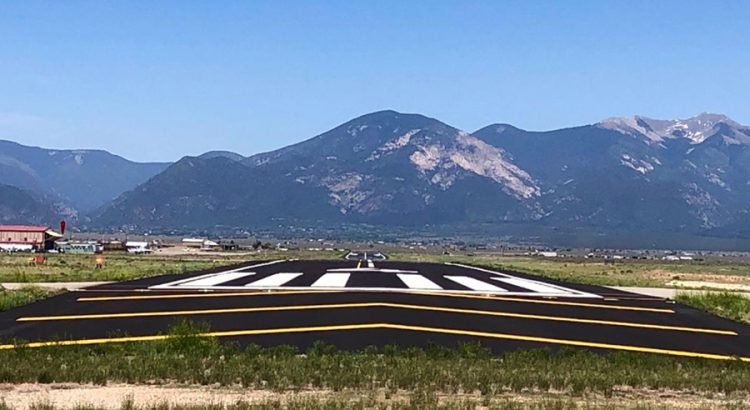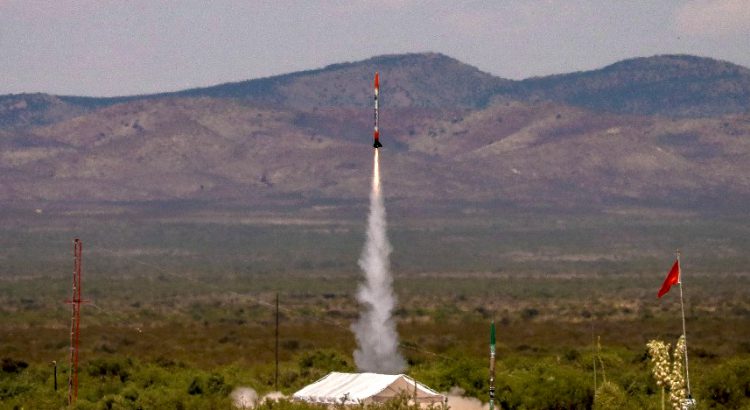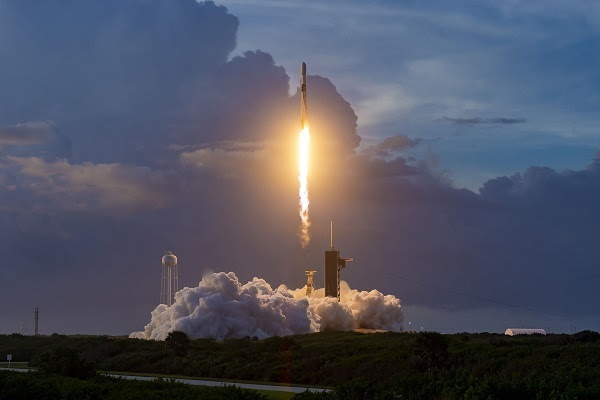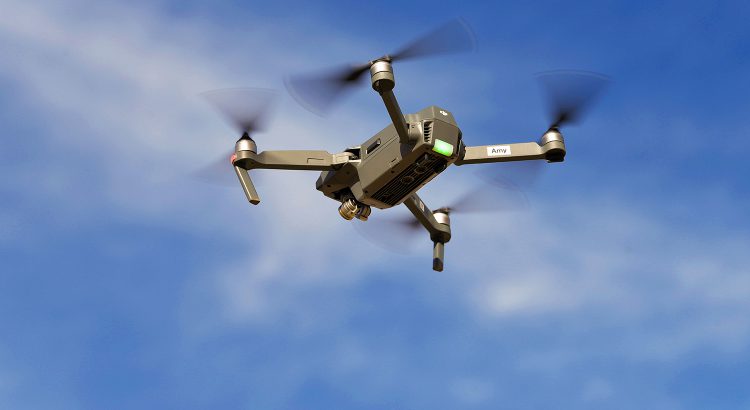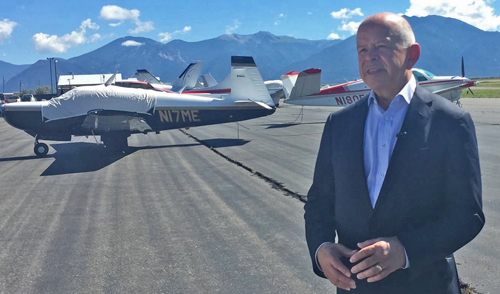U.S. Senators Martin Heinrich (D-N.M.) and Ben Ray Luján (D-N.M.), and U.S. Representatives Teresa Leger Fernández (D-N.M.), Melanie Stansbury (D-N.M.), and Gabe Vasquez (D-N.M.) are welcoming $21,239,759 from the Federal Aviation Administration (FAA) for upgrades at airports across New Mexico. These grants are funded by Congress through the FAA’s Airport Infrastructure Grant Program and the […]
New Mexico
Albuquerque International Balloon Fiesta Announces 2023 Final Numbers
The Albuquerque International Balloon Fiesta announced its final numbers for the 51st Albuquerque International Balloon Fiesta held October 7 – 15, 2023. Final Numbers included 546 total registered hot air balloons with 107 special shape balloons, of which 12 were new to the Fiesta. Total number of registered hot air balloons: 546 Total number […]
Australian Rocketry Team Regains Sky Wings with Triple Win at Spaceport America Cup
The USYD Rocketry Team was announced as the overall winner of the Spaceport America Cup intercollegiate rocketry competition, held annually in New Mexico. Competing against 97 student teams from around the globe, including ETH Zurich and the Norwegian University of Science and Technology, the University of Sydney team placed first in three categories – winning […]
State Awards $20M to 11 Regional Airport Projects
The New Mexico Department of Transportation (NMDOT) Aviation Division will award $20 million to 11 regional airport projects, including $1.9 million to Los Alamos, that will benefit existing facilities and create new infrastructure benefiting both commercial and general aviation, as well as local economies. The airport projects will be supported through two funding sources. During […]
New Mexico EDD Grant to Benefit Town of Taos Airport
The New Mexico Economic Development Department (EDD) has awarded its third rural LEDA infrastructure grant to the Town of Taos for airport industrial park investments that will help attract new businesses and better serve passengers, Economic Development Department Cabinet Secretary Alicia J. Keyes announced. The awards from the Local Economic Development Act (LEDA) come under […]
Sydney Rocketry Team to Compete at 2022 Spaceport America Cup in New Mexico
The University of Sydney Rocketry Team has been accepted to compete at the 2022 Spaceport America Cup – an international student rocketry competition which tests would-be rocket scientists. They will be competing with their custom made 30,000 ft rocket, Blue Wren. It incorporates a bespoke carbon fiber airframe, student developed avionics, flight computer systems and […]
FAA Opens Houston Space Safety Office to Increase Oversight of Texas and New Mexico Operations
The U.S. Department of Transportation’s Federal Aviation Administration (FAA) opened a safety field office in Houston to increase its oversight of commercial space operations in Texas and New Mexico. From this location, FAA inspectors will be able to more effectively and efficiently monitor the ongoing testing programs and commercial space tourism operations of SpaceX and […]
New Mexico’s Sandia Labs Funded to Work on Three-Year Project to Address UAS Threats
Sandia National Laboratories robotics experts are working on a way to intercept enemy unmanned aircraft systems midflight. They successfully tested their concept indoors with a swarm of four unmanned aircraft systems that flew in unison, each carrying one corner of a net. Acting as a team, they intercepted the flying target, trapped it in air […]
FAA Administrator Huerta Dedicates New Mexico Runway
Culminating a two-decade-long effort, FAA Administrator Michael P. Huerta joined local and state officials last week in dedicating the new, 8,600-foot runway at Taos Regional Airport. The new runway is perpendicular to the original runway. It will enable pilots to operate more safely at times of year when wind directions make the airfield more challenging. […]
Pueblo of Zuni Dedicates New Airport in New Mexico
The Pueblo of Zuni recently dedicated their new airport located about 5 miles west of Zuni, NM. The project, which replaced the old airport, took fifteen years to complete. “After 15 years of planning, environmental work, data recovery, and several design iterations with the FAA, the construction began in 2014,” said Jane Lucero, Airport Development […]



